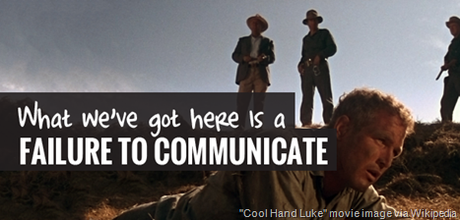
- Get to the point in the first sentence. In this age of data overload, everyone has learned to tune out if they can’t quickly decipher a relevant purpose and focus for your message. That context needs to be set before your sales pitch or background story makes any sense. Before you start, make sure you understand your own objective.
- Plan the message flow to a logical conclusion. Random thoughts or lists of facts do not constitute effective business writing. Most commonly, your message is informational or meant to persuade, so every element should be consistent with that intent. Always include the key document elements of an opening, main body, and a conclusion.
- Key points should be highlighted and positive. Action items should be underlined, or separated into bullets to provide visual recognition in a quick scan. Positive messages have more impact, so keep negative and emotional statements to a minimum. Avoid flowery language and excessive use of adjectives. Tight wording clarifies the message.
- End with a clear call to action. If you are looking for an investor, a partner, or a customer, make sure the next step is clearly stated, and not just implied. Contact information should always be included. Ending with “May I ask for an hour on your schedule next week to discuss details?” is better than “Don’t miss this opportunity.”
- Talk uniquely to each recipient. Generic messages aimed at groups of people do not make a good first impression, especially if the greeting is non-specific and email is directed to a long list of addresses. Smart business people tailor their conversations to each recipient, and the same consideration should be applied to written messages.
- Use professional formatting. A badly formatted document, in all caps, mixed fonts, or all one paragraph will destroy even the best message. If you are asking for a million dollars, don’t send your message in smartphone or texting shorthand, ignoring spelling errors. Show your recipients professional respect, and you will get respect in return.
- Keep your writing voice friendly and courteous. If your writing tone is angry, cynical, or arrogant, don’t expect any reader to be open to what you have to say. Tune your use of language to the reading level of the recipient or below. Trying to impress or intimidate the reader with technical terms or acronyms doesn’t work with confident professionals.

